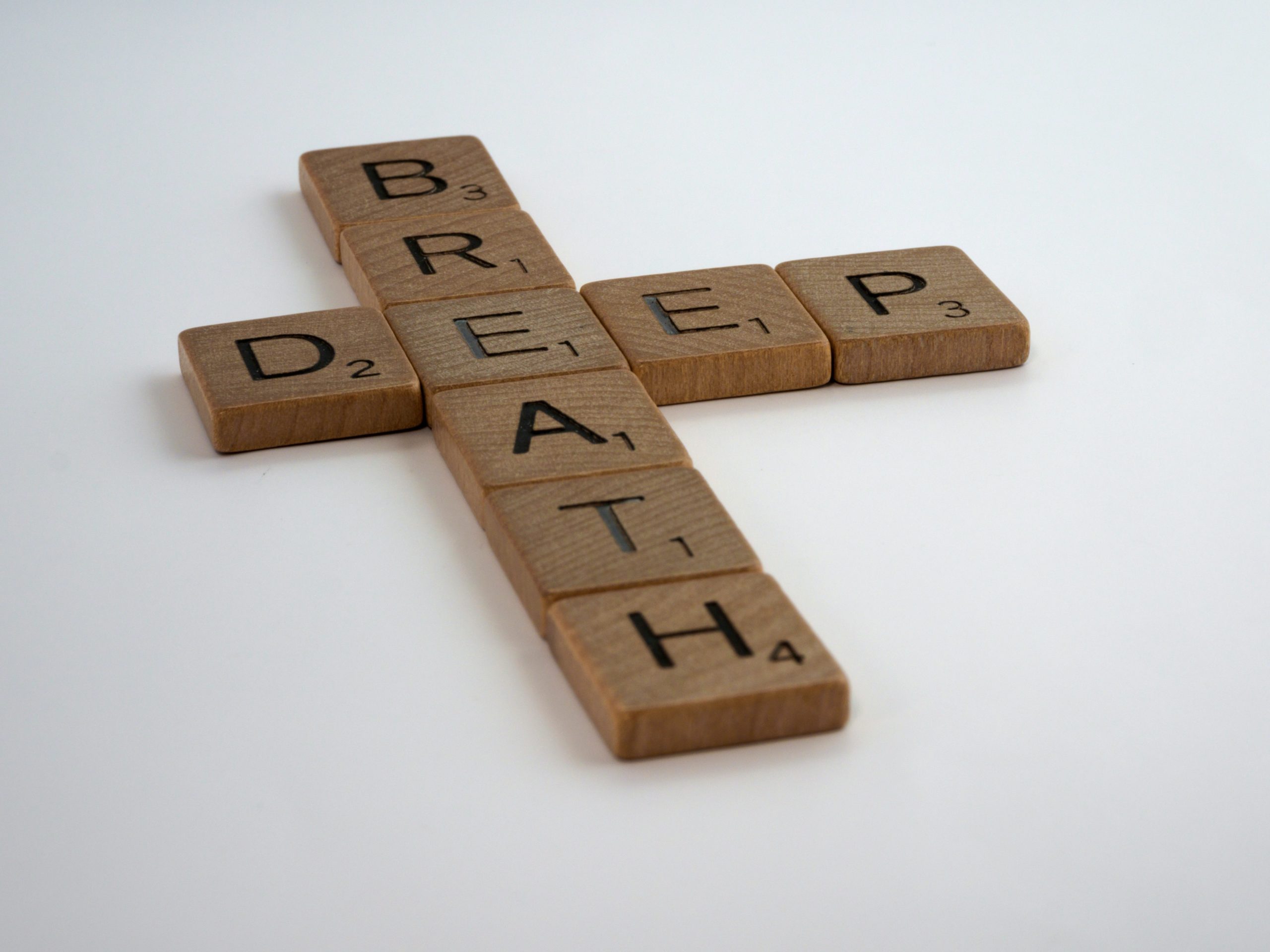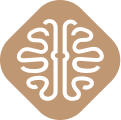Many people use the terms panic attack and anxiety attack interchangeably. However, the two are not the same, with the primary difference being the cause of these attacks. Both panic and anxiety attacks cause intense, overwhelming, and emotional feelings that significantly impact your everyday life. So, what is the difference between the two, and how can you identify if you have a panic or anxiety attack? Let’s discuss!
How Can I Tell the Difference Between a Panic Attack and an Anxiety Attack?
Because the symptoms of panic attacks and anxiety attacks are so similar, many people find it difficult to differentiate between the two. Both panic and anxiety attacks activate your nervous system and send you into fight-or-flight mode. As a result, both types of attacks cause physical and emotional symptoms.
Panic attacks are typically more intense than anxiety attacks, coming on with no known triggers. Additionally, a panic attack is a defined medical condition. In contrast, an anxiety attack is a term used to describe heightened symptoms of anxiousness. Knowing the difference between panic attacks and anxiety attacks can help you understand your symptoms and treat your attack quickly and effectively.
What Is a Panic Attack?

Panic attacks are a recognized disorder identified by criteria that must be fulfilled to be medically diagnosed. Medically defined as “a sudden episode of intense fear that triggers severe physical reactions when there is no real danger or apparent cause,” panic attacks are typically intense and disruptive.
Panic Attack Symptoms
At least four of the following symptoms must exist to be medically diagnosed with panic attacks:
- Abdominal cramping
- Chest pain
- Dizziness
- Chills
- Lightheadedness or faintness
- Fear of loss of control or death
- Headaches
- The feeling of unreality or detachment
- Nausea
- Hot flashes
- Numbness or tingling sensations
- Rapid, racing, or pounding heart rate
- Sense of impending door or danger
- Shortness of breath or tightness in your throat
- Sweating
- Trembling or shaking
- Dry mouth
- The feeling of being choked or smothered
Panic attacks often occur without a trigger and usually happen suddenly. Most symptoms peak after 10 minutes, then gradually subside. However, you can experience several panic attacks in a row, making it seem like attacks last longer. Some people may feel like they have a heart attack and call 911 during clusters of panic attacks.
The most significant symptom of a panic attack is feeling a sense of immediate threat, which often triggers the body’s autonomous fight-or-flight response. While most panic attacks occur without a trigger, some individuals can experience expected panic attacks that come in response to a phobia. For example, people who have experienced sudden deaths or other traumatic events are more prone to having panic attacks.
Repeated attacks are a symptom of a medical condition called panic disorder. Females are more likely to have these attacks than males.
Causes
Unfortunately, most panic attacks have no apparent triggers. However, if you have expected panic attacks, they can be triggered by the following causes:
- Panic disorder
- Phobias
- Depression
- Social anxiety
- Reminders or memories of traumatic experiences
- Chronic illnesses
- Chronic pain
- Withdrawal from drugs or alcohol
- Caffeine
- Medication and supplements
- Thyroid problems
Risk Factors
You are more likely to experience panic attacks if you have the following risk factors:
- Anxious personality
- Other mental health conditions, such as depression, bipolar disorder, or an anxiety disorder
- Family history of anxiety or panic disorders
- Chronic medical conditions, such as thyroid disorder, diabetes, or heart disease
- Issues with alcohol or drug abuse
- Ongoing stress in your personal or professional life
- Exposure to stressful events, such as divorce or death
- Past traumas or PTSD
- Witnessing a traumatic event
What Is An Anxiety Attack?

Unlike panic attacks, anxiety attacks are not a recognized medical condition, but they are still just as real. Anxiety attack is a term used by people with anxiety to describe intense or extended periods of anxiousness.
Many people live with anxiety throughout the United States. Of course, throughout life, many triggers can increase an individual’s level of anxiousness. Whether gradually or suddenly, individuals with anxiety can experience heightened symptoms.
Anxiety Attack Symptoms
Symptoms of an anxiety attack can be short-lived or continue for days, even weeks. They include:
- Feeling wound up or on edge
- Feeling irritable
- Difficulty concentrating
- Difficulty controlling worries
- Muscle tension
- Sleep issues
- Fatigue
- Restlessness
- Being easily startled
- Chest pain
- Dizziness
- Dry mouth
- Fear
- Numbness or tingling in the extremities
- Rapid heart rate
- Shortness of breath
- Worry and distress
- A feeling of being choked or smothered
Anxiety is typically triggered when stress or worry becomes overwhelming. Persistent worry, chronic stress, and other significant events, such as illness or death, can bring on anxiety attacks. Attacks come on as building anxiety over time reaches a breaking point.
When anxiety comes to a head, these attacks can be mild, moderate, or severe. Mild cases of anxiety can continue in the back of your mind as you go about your daily activities. More severe cases can be significantly disruptive to your everyday life. Some people may even avoid certain situations out of fear that they will trigger an attack.
Causes
Anxiety attacks are typically caused by triggers, such as:
- Stressful job
- Driving
- Social situations
- Phobias
- Reminders or memories of traumatic experiences
- Chronic illnesses
- Chronic pain
- Caffeine
- Excessive fear or worry
- Anxiety disorder
Risk Factors:
The following risk factors can increase your likelihood of having an anxiety attack:
- Experiencing trauma or witnessing traumatic events, either as a child or as an adult
- Experiencing a stressful life event, such as the death of a close loved one or a divorce
- Experiencing ongoing stress and worries, from work responsibilities to family conflicts and financial difficulties
- Living with a chronic health condition or life-threatening illness
- Anxious personality
- Other mental health disorders, such as depression
- Family history of anxiety attacks
- Using drugs or alcohol
What Are Treatment Options for Panic Attacks and Anxiety Attacks?

The symptoms of both panic and anxiety attacks are similar to other serious illnesses, such as heart disease, thyroid disease, and certain lung conditions. Therefore, you should contact your doctor for a complete examination to make sure the cause of your symptoms is not a severe medical condition.
Your doctor may perform a physical examination, blood test, or heart test to reach a complete diagnosis. If you are diagnosed with either of these attacks, a therapist or mental health professional can help you find a treatment option that works for you.
Treatment Options
The most effective treatment for both types of attacks is therapy. Since both types of attacks can be brought on by fear, worry, stress, or another disorder, a mental health professional can help you get to the root of the problem and treat the cause.
The most common treatment options for both types of attacks include:
- Cognitive-behavioral therapy
- Exposure therapy
- Antidepressants
- Antianxiety drugs
- Benzodiazepines
- Combination of treatments
Preventative Treatment

Another effective way to handle panic and anxiety attacks is to take preventative steps to avoid them. You can use the following home remedy to reduce the frequency of these attacks:
- Manage stress
- Exercise regularly
- Maintain a healthy sleep schedule
- Practice meditation or relaxation techniques
- Talk to friends and family you trust
- Limiting caffeine, alcohol, and nicotine consumption
- Practice breathing techniques
- Acknowledging what is happening and recognizing that symptoms will pass
- Practicing mindfulness
While panic and anxiety attacks have similar symptoms, the two aren’t the same. If you’ve been diagnosed with either type of attack, our trauma therapy services and treatment programs can help! For more information on treatment options for panic and anxiety attacks, contact us to schedule a consultation.
